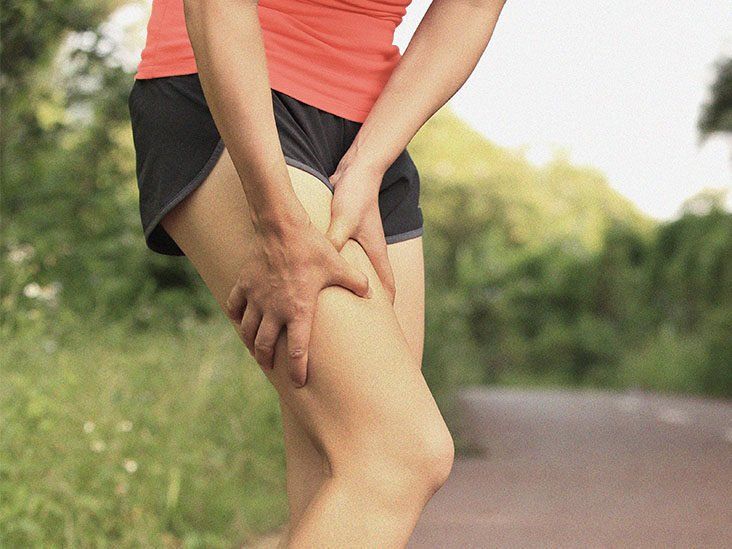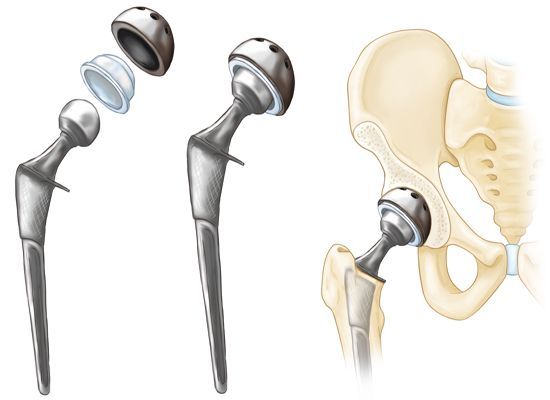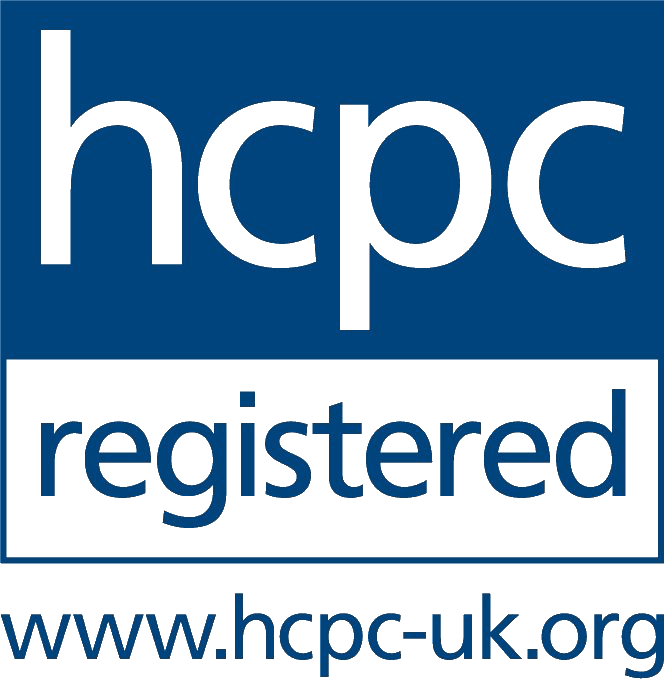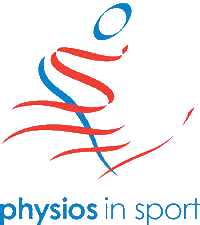Adductor Related Groin Pain
The adductors are a group of 3 muscles that extend from the pubic bone of the pelvis attaching at various different points along the inner thigh (pubic) bone. The largest of these muscles (adductor magnus) attaches around the knee. The main role of these muscles is to help us perform every day movements where there may be some rotation (sitting crossed legged) or bringing your leg across / to the centre of your body. It also helps provide hip stability when standing on one leg (such as walking)
Symptoms
The development of pain within this region can be multifactorial but can include altered movement patterns, inactivity, trauma, fatigue, obesity or age related weakness. However symptoms more commonly develop to a sudden increase in activity.
People report pain and discomfort felt within the groin region and can either develop gradually or as an episode of acute, sharp pain. There may be stiffness (particularly after maintain a static position for a long period of time) and symptom provocation with contraction or stretching the adductor muscles.
Diagnosis
The anatomy of the hip can be complex and it is important that a thorough objective assessment follows the subjective history taking. You will be asked to perform your provocative movements and activities as well as active and passively assessing the range of movement of your hip. This is important as other conditions which could mimic adductor related groin pain could be cam and pincer syndrome, inguinal hernia, iliopsoas bursitirs, neural compress, snapping hip syndrome or pain orginating from a visceral structure.
How can Physiotherapy help?
Once a diagnosis of MP has been confirmed, there are a number of ways physiotherapy can help:
Massage and mobilisation
Electrotherapy
Activity modification
A strength and strength based home exercise programme
Advice and education
Graded return to previously aggravating activity











